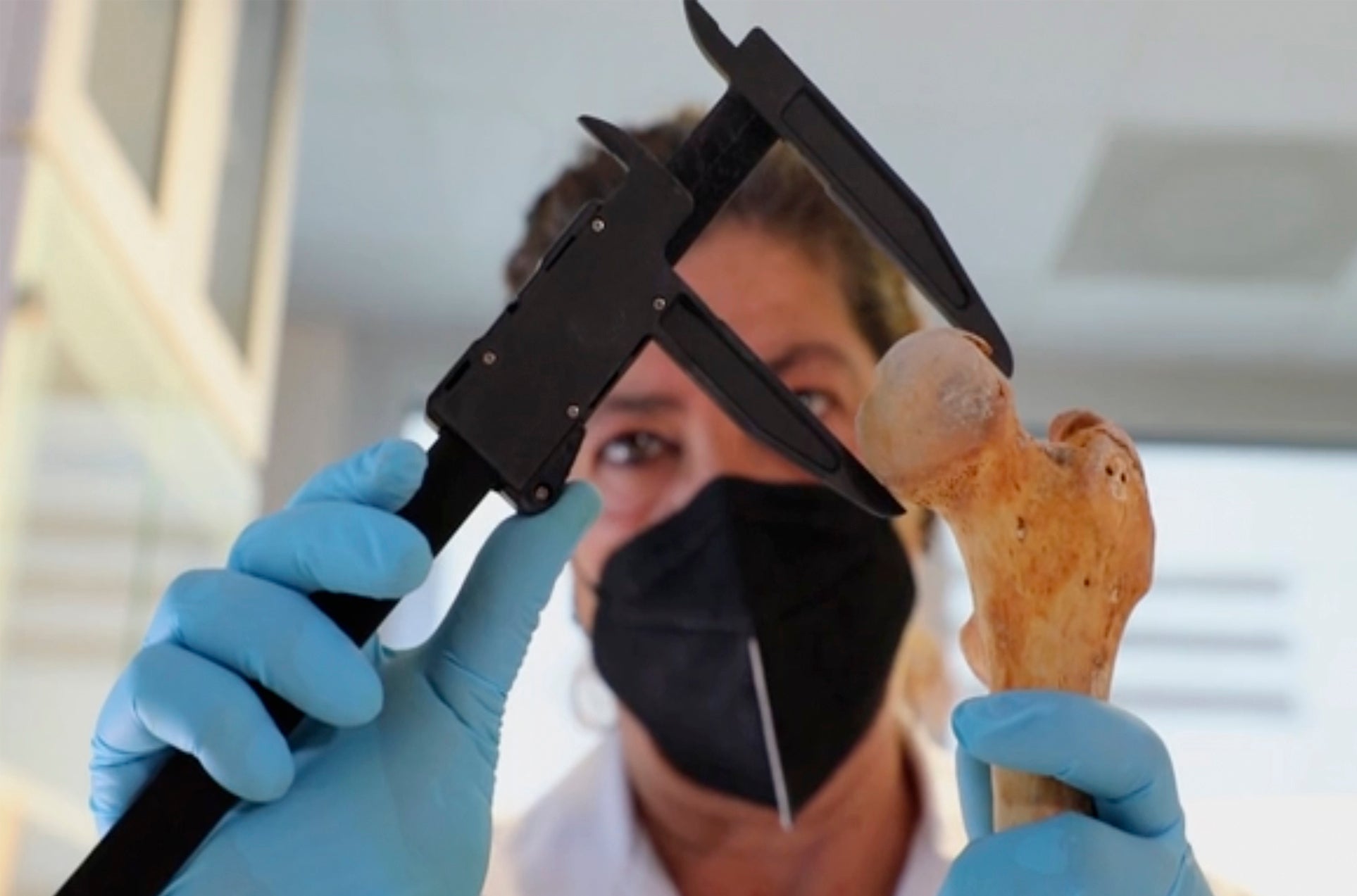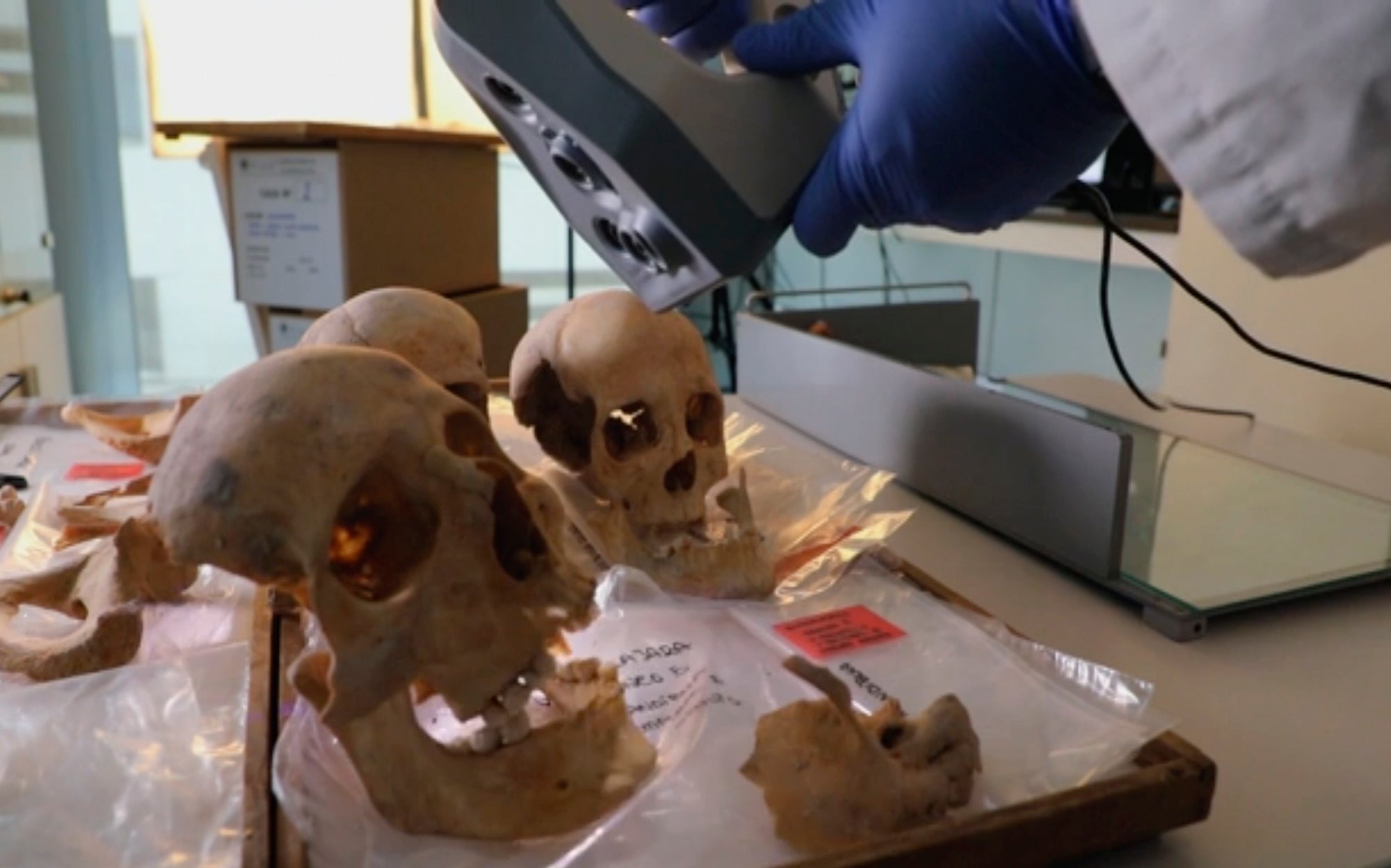We all know where he went, but where did Christopher Columbus come from? Scientists try to solve riddle
Widely considered to have been born in Genoa in Italy, other theories suggest he may have been from Spain, Portugal, Croatia, even Poland

In fourteen hundred and ninety two, Columbus sailed the ocean blue.
Now scientists will finally investigate, from where did the explorer originate.
Theories have abounded for centuries about where Christopher Columbus really came from but an international investigation launched on Wednesday will attempt to finally answer this question using the latest DNA technology.
Scientists will examine DNA from bone samples of the man who discovered the Americas in 1492 using techniques which can pin down the area where a person originates from.
Researchers will examine fragments taken from major bones which were exhumed from the Seville Cathedral in 2003.
Until now, technology was not available to pinpoint where a person comes from using DNA samples from deteriorated bone fragments.
Now, using the latest next generation sequencing methods, laboratories in Spain, Italy and the United States will pore over the tiny pieces of bones and compare results.
Widely considered to have been born in Genoa in Italy, other theories have suggested Columbus may also have come from parts of Spain, Portugal, Croatia and even Poland.
“I am aware that this is going to be difficult. These fragments are very degraded. I have to be realistic. But I have great hopes,” Dr Jose Antonio Lorente, an expert in legal and forensic medicine at the University of Granada who is leading the project, told The Independent.
“Personally I think that this investigation will serve to disprove certain theories rather than prove other theories. I don’t doubt that Columbus was from Italy but we have to confirm this.”
Dr Lorente added: “We may find that we can get lots of information from the DNA or nothing at all. That is the mystery, it is very interesting.”
The explorer, who landed in what is modern day Bahamas in 1492, died in 1506.
He was first buried in Valladolid in northern Spain, but then his remains were moved to Seville, then reburied in what is today the Dominican Republic, before being moved to Cuba then they were finally reburied in Seville Cathedral.
The bone samples have been kept in a sealed room for security at the University of Granada since they were exhumed in 2003.

At the time, the quality of the bones had deteriorated and the technology did not exist to examine them properly, according to Dr Lorente.
Now, using more advanced technology, scientists, historians and anthropologists at laboratories in Granada, Florence, Rome and Texas, will examine fragments from the bones of Columbus and his sons Hernando and Diego, which were also buried in Seville Cathedral.
Scientists will use the samples from the sons’ bones to compare with the remains of Columbus’s bones.
Investigators expect to conclude their probe into the DNA samples within two months.
Join our commenting forum
Join thought-provoking conversations, follow other Independent readers and see their replies
Comments
Bookmark popover
Removed from bookmarks